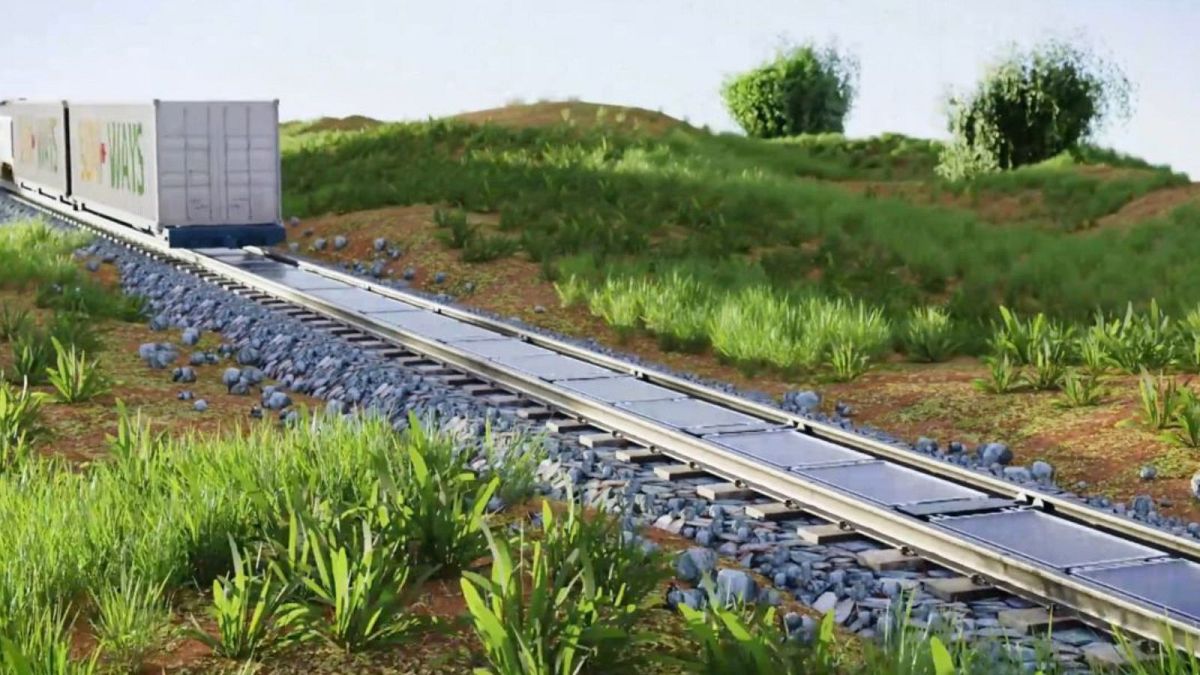I’m all for putting solar panels all over the place, but won’t these get dusty and oily and need loads of cleaning after trains pass over?
Also, costing €623,000 over three years sounds rather expensive for just 100m (although that roughly equates to 11KW).



Don’t forget that maintaining all this means people working directly in the track trying to fix high voltage electrical issues while dodging trains and hoping dispatch doesn’t forget about them, or that ballast(the gravel between the ties) needs to be renewed regularly, much less all the things like realignment and rail grinding that use specialized machinery that needs to go right in the space between the rails.
This means that those panels are going to have to be removed and installed often, at best vastly increasing wear and tear on them as compared to a fixed installation, and adding the risk that a failure in the pickup/deployment process could scrap a significant number of panels if not caught immediately.
Or that the hard part of installing solar panels is the wireing, inverting, and grid interconnection, all of which are just made that much harder by having to have electricians doge trains.
Look, if there really is absolutely no possible available space, like say desert, farmland, roofs, parking lots, yards, fences, well just put the panels up on a simple metal frame over the railway, maybe even integrate the catenary hangers if your feeling daring.
This at least provides some benefit to running the railway by keeping snow and leaves off the tracks to some extent while also keeping the panels out of the way of running the railroad.
Yes because they never close the lines for maintenance or repairs
Typically not for more than a few hours when it comes to in service track, and management actively despises those maintenance windows even when it’s necessary to the continued existence of the track, much less a third party startup.
There is a reason why even when the entire track and ballest on a main line are wiped out by a natural disaster it will usually be up and running again in a few days.
As such I would expect any non experimental contracts between the startup and the railway to come with not insignificant financial penalties if they interfere with service, such as requiring a shutdown of the track for repairing the panels being subjected to said harsh environment, thusly either delaying fixing the panels for the next scheduled major maintenance window in a few years or else like most railway inspections doing the work an an active line between trains.
When the competition is a large open field of dirt that can be accessed at any time for maintenance, can leave the panels up for decades, is centrally located for easy grid access, and requires far less frequent cleaning, I just don’t see how this startup is going to outperform.